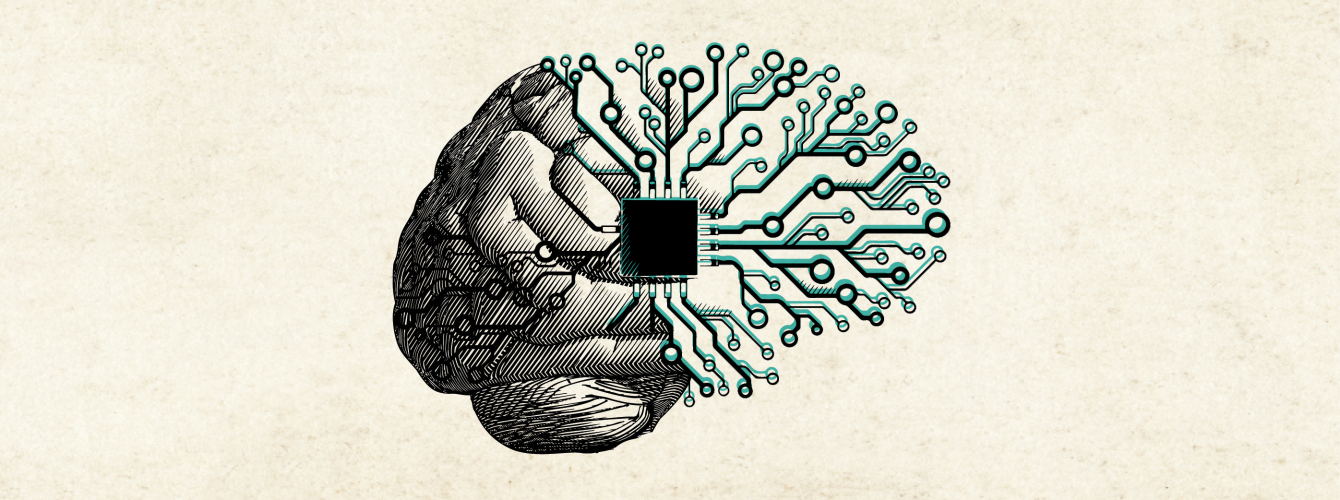On the Neurotechnologies conference
We spoke to Professor Sandrine Da Cruz, group leader at the VIB-KU Leuven Center for Brain & Disease Research and organizing committee member of the Neurotechnologies conference currently taking place in Leuven.
This blog post is part of VIB Neuroscience in the spotlight.
New technologies that integrate neurobiology and nano-scale engineering help gain new insights into the functioning of brain circuits. These cutting-edge neurotechnologies are essential in understanding fundamental questions of neuroscience. The Neurotechnologies conference, organized by VIB, NERF, and Cell Press, focusses on neurotechnologies for research and neuroprosthetic applications. Internationally renowned speakers will present their recent work covering various topics.
We spoke to professor Sandrine Da Cruz to give us a an insight into the conference.

Hi Sandrine, can you give us a glimpse behind the scenes of the Neurotechnologies conference? What does it mean to be part of the organizing committee?
Sandrine: “It was a fantastic experience and a great opportunity to brainstorm with the other scientific committee members to shape the speakers’ agenda. We tried to reflect the up-and-coming top-notch science in Neurotechnologies, including well-established researchers and younger rising stars in a gender-equity balanced program, and I am glad to say we succeeded! We are also fortunate to work with the incredible team of VIB conferences who, behind the scenes, coordinate every single aspect of the conference to make sure that all runs smoothly, so huge thanks to them!”
Conferences are part and parcel of academic life. Can you frame how important they are in terms of research direction and collaborations?
Sandrine: “Essential. Conferences play a key role in disseminating data and new ideas, facilitating networking, and fostering potential collaborations. They are also extremely valuable for PhD students and Postdoctoral researchers because, through conferences, they can meet top researchers they’ve previously only known from papers, exchange ideas with peers, build their network, etc.”
Of course, you’re looking forward to all of it, but are there specific sessions or speakers you’re especially excited about?
Sandrine: “I find it very difficult to pick one! I believe we have an outstanding program with fantastic speakers covering very diverse topics, from cellular modeling to neuro-engineering, all of which I find interesting. What sticks out for me though, is the talk by Nita Farahany. Nita is a professor of law and philosophy, giving us a completely different, but necessary, take on the topic.”
The conference’s theme revolves around the increasing interplay between neuroscience and nanotechnology. Where do you see the field going in the next ten years? And the next fifty?
Sandrine: “This area of research is evolving at such a fast pace and I believe it will continue to revolutionize medicine in the fields of drug delivery, tissue engineering, diagnostics, artificial intelligence…. Without a doubt, it’s contribution will continue to be widely instrumental, including in biomedical research. For example, to decipher neuronal activity and function in the brain and map protein interactions in health and disease.”
Your own research focuses on RNA-binding proteins and their role in neurodegenerative conditions. If you had to give us the main takeaway in two or three sentences, what would it be?
“RNA binding proteins (RBPs) play a critical role in nearly all cellular processes. That’s why it’s not surprising that mutations in RBPs are causative of neurodegenerative diseases, including ALS and FTD, the diseases we study in the lab. Given their emerging roles, it is now critical to elucidate their targets in health and disease.”
There is – rightfully so – more attention on gender balance in science and academia than ever before. Do you notice improvements?
“Progress has certainly been made, but much more can and needs to be done. Not just to improve gender balance in numbers, salary, and opportunities at all levels, but also to improve equity and inclusiveness in general.”
Finally, any tips or encouraging words for young people who want to enter the scientific world to unravel the many mysteries of the brain?
“These are exciting times to unravel the mysteries of the brain thanks to major technological breakthroughs like single-cell sequencing, brain imaging, artificial intelligence, and many more to come. I would say believe in yourself, be passionate, be curious, and never be afraid to ask questions.”
Gunnar De Winter
Learn more
If you want to dive deeper into brain health and disease, explore some of our resources, like our Alzheimer's facts series, or keep an eye out for interesting news and events where our researchers share new insights. We also have plenty of open positions for people eager to join us on our multi-faceted mission to unravel the mysteries of our brain.
Visit the webpage to find out more about VIB Neuroscience in the spotlight.



